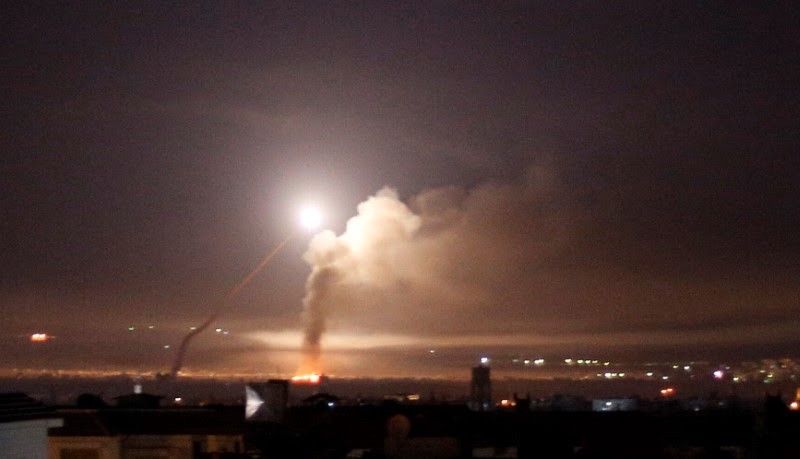May 11, 2018
This week, Iranian forces fired rockets at Israeli positions in the Israeli-controlled Golan Heights, and Israel’s air force struck a number of Iranian military sites inside Syria. Who fired first? Depends on whom you ask. There is clarity on one thing: This exchange represents the most intense clash between these two countries since the 1973 Yom Kippur War.
Syria was already the world’s most dangerous arena of potential great power conflict. This is the place where Russia, the United States, Iran, Turkey, Kurds, jihadis and Syria’s own heavily armed government are all jostling for position while Saudis and Israelis, their fingers on the trigger, keep watch.
Why is this happening? Israel says Iran commands 80,000 soldiers in Syria, and that Iran’s Revolutionary Guard Corps is actively setting up bases near the Golan Heights. Israel, worried that Trump wants US troops out of Syria, has launched a series of airstrikes in recent weeks to send Iran a “we-see-you” message of zero tolerance. Iran, faced with renewed US sanctions, is in no mood to back down.
The bottom line: If this fight escalates, who can step in to mediate? Trump has made crystal clear which side he’s on. Russia is too directly interested in Syria’s future for either side to fully trust Moscow. Would Israel accept the EU in this role? Neither side wants a full-blown war, but that doesn’t mean we won’t get one.
More For You
Global conflict was at a record high in 2025, will 2026 be more peaceful? Ian Bremmer talks with CNN’s Clarissa Ward and Comfort Ero of the International Crisis Group on the GZERO World Podcast.
Most Popular
Think you know what's going on around the world? Here's your chance to prove it.
Indian Prime Minister Narendra Modi isn’t necessarily known as the greatest friend of Muslim people, yet his own government is now seeking to build bridges with Afghanistan’s Islamist leaders, the Taliban.
French President Emmanuel Macron, German Chancellor Friedrich Merz, Ukrainian President Volodymyr Zelenskiy, U.S. Special Envoy Steve Witkoff and businessman Jared Kushner, along with NATO Secretary-General Mark Rutte and otherEuropean leaders, pose for a group photo at the Chancellery in Berlin, Germany, December 15, 2025.
Kay Nietfeld/Pool via REUTERS
The European Union just pulled off something that, a year ago, seemed politically impossible: it froze $247 billion in Russian central bank assets indefinitely, stripping the Kremlin of one of its most reliable pressure points.
© 2025 GZERO Media. All Rights Reserved | A Eurasia Group media company.
